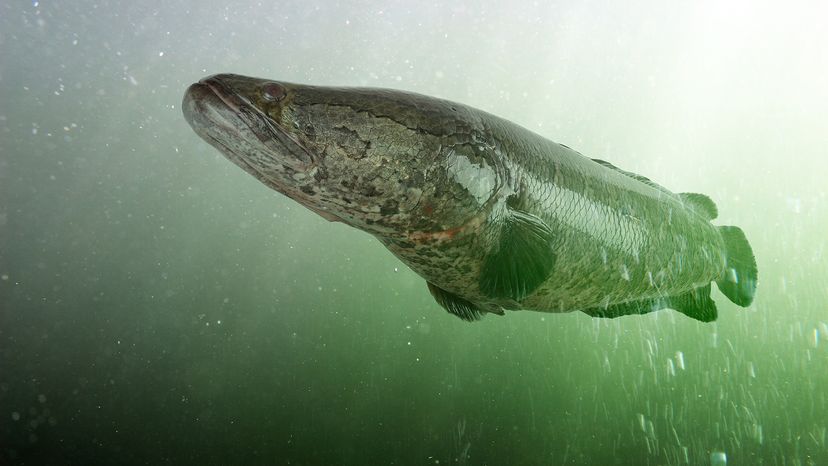
Today, we’re going to dive into the world of a perplexing and somewhat notorious creature: the snakehead, aka snake fish. These predatory fish are known for their long, snake-like bodies, aggressive hunting style, and ability to survive on land. What's more, they’re an invasive species in many parts of the world, including the United States.
The northern snakehead fish (Channa argus) is native to parts of Asia, but when they show up in places like Pennsylvania or Maryland, they can cause big problems for local ecosystems and wildlife resources. Let’s take a closer look at what makes this fish so unique and why its invasion is a big deal for our native species.
Advertisement